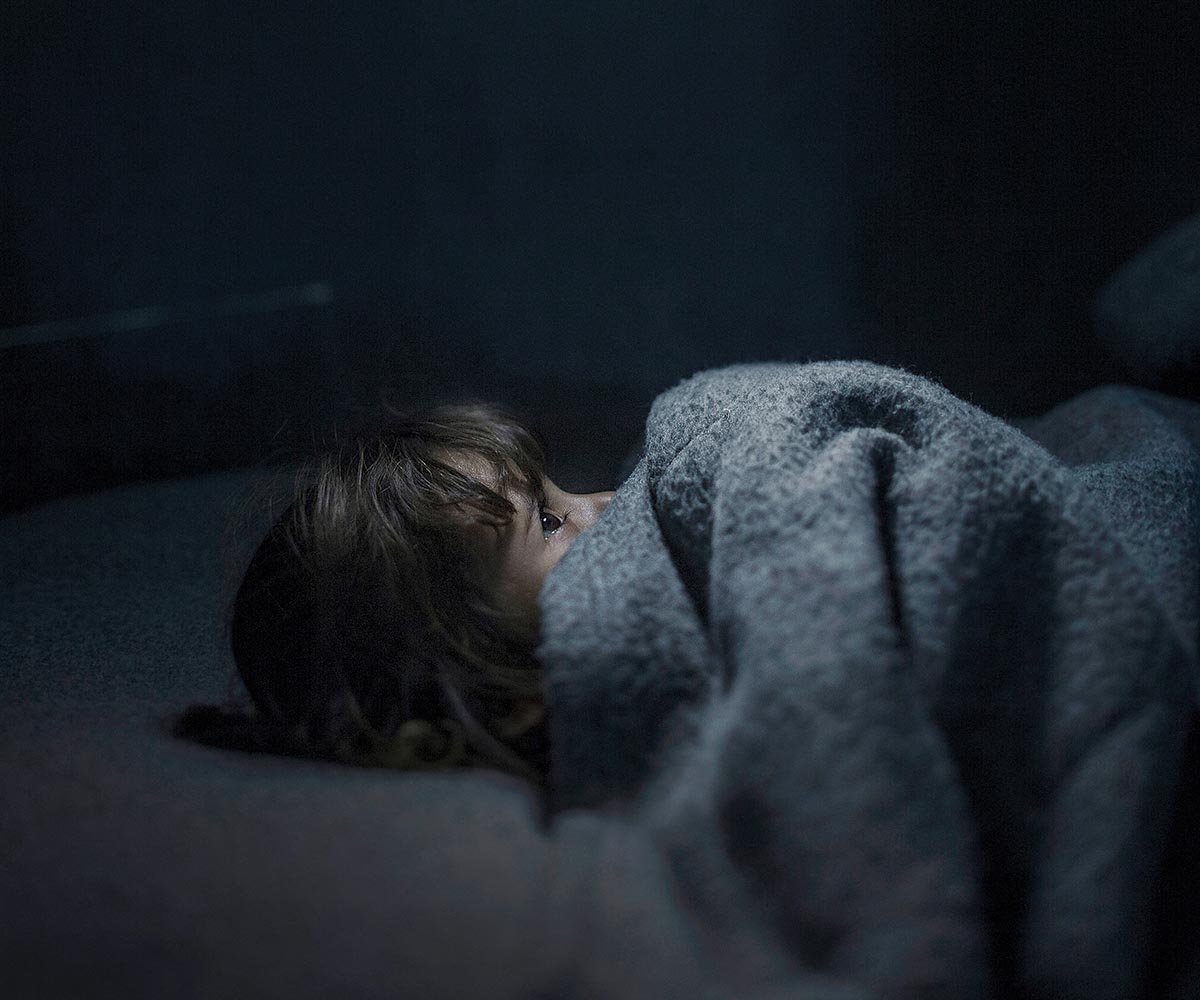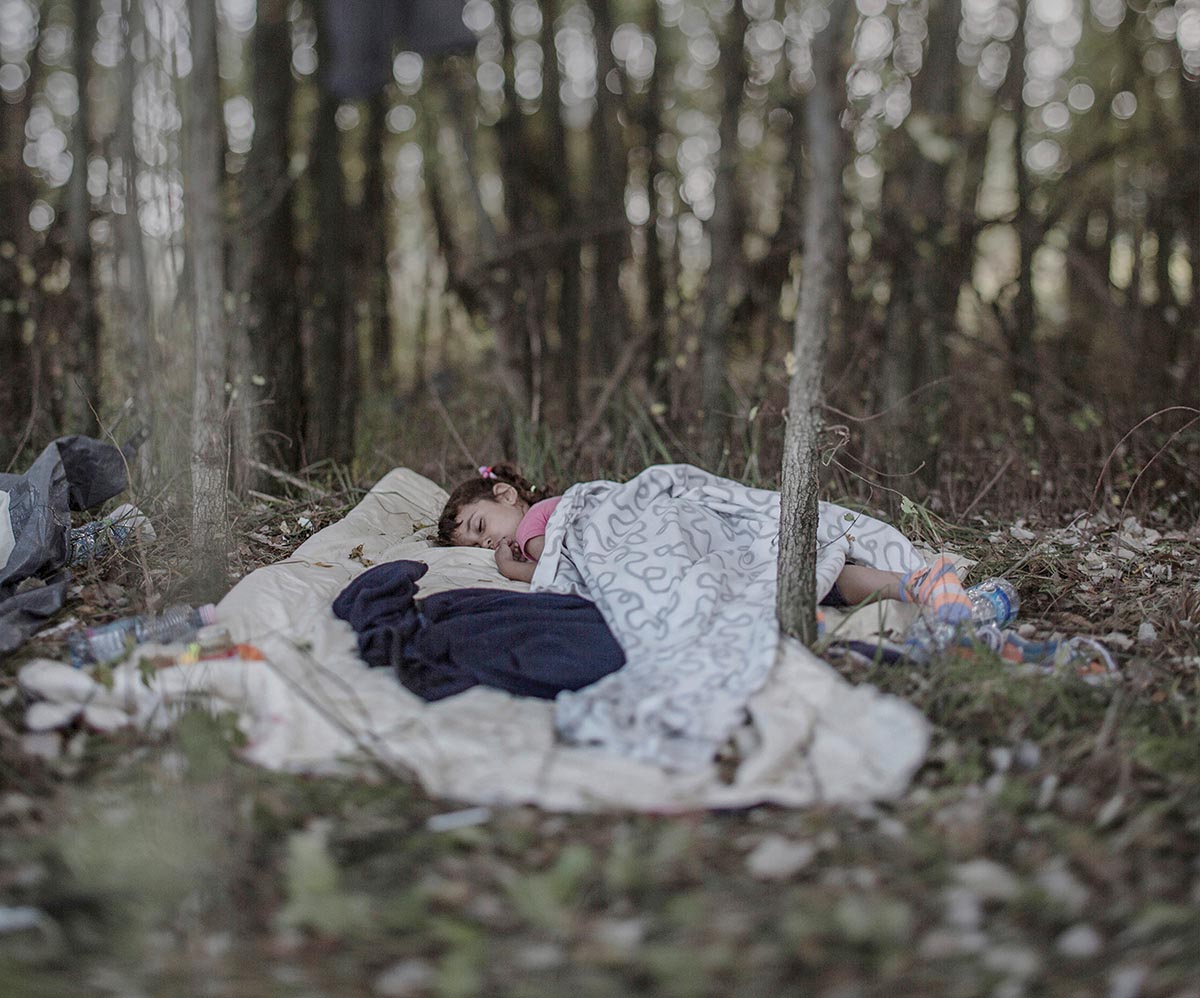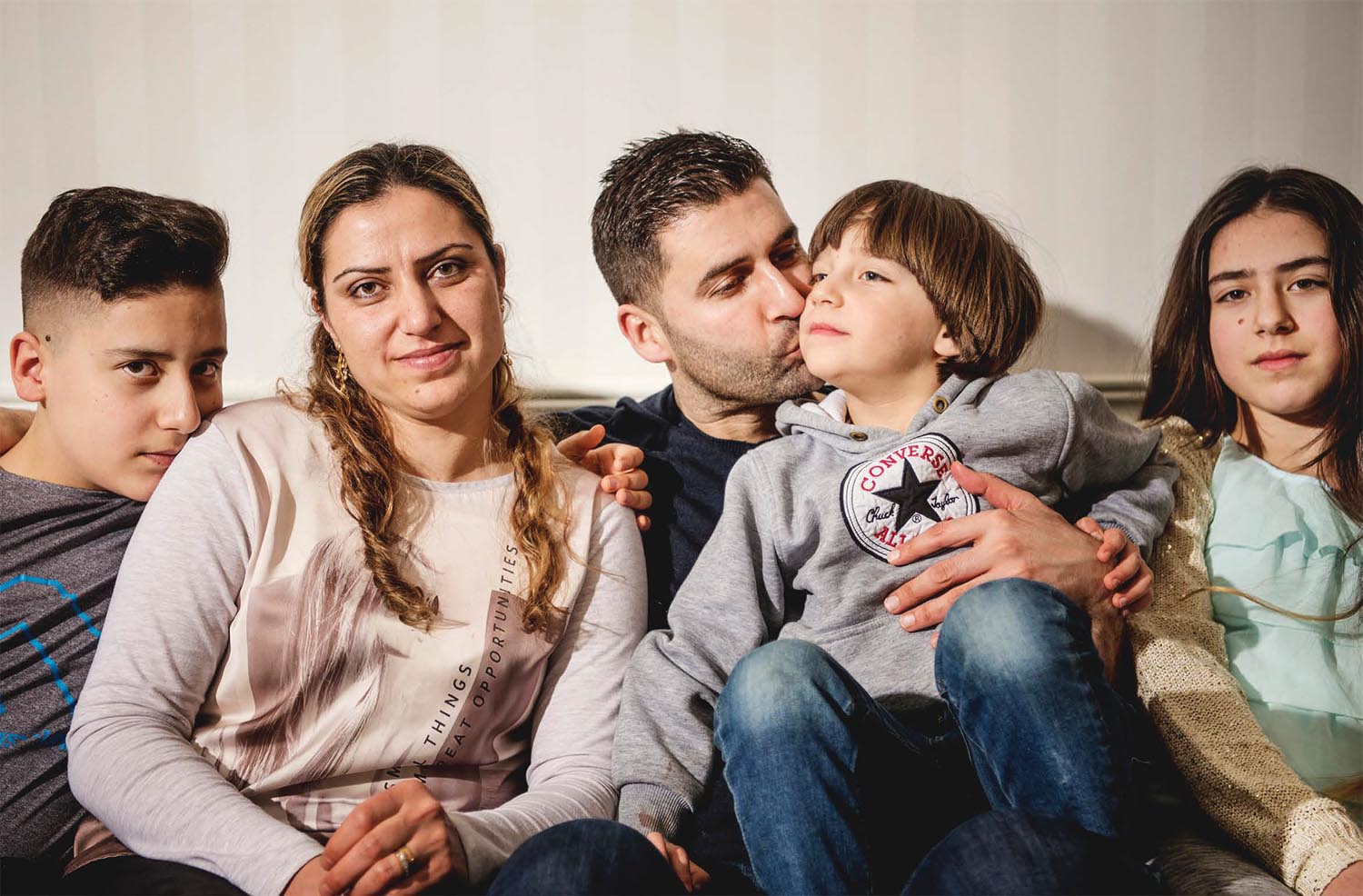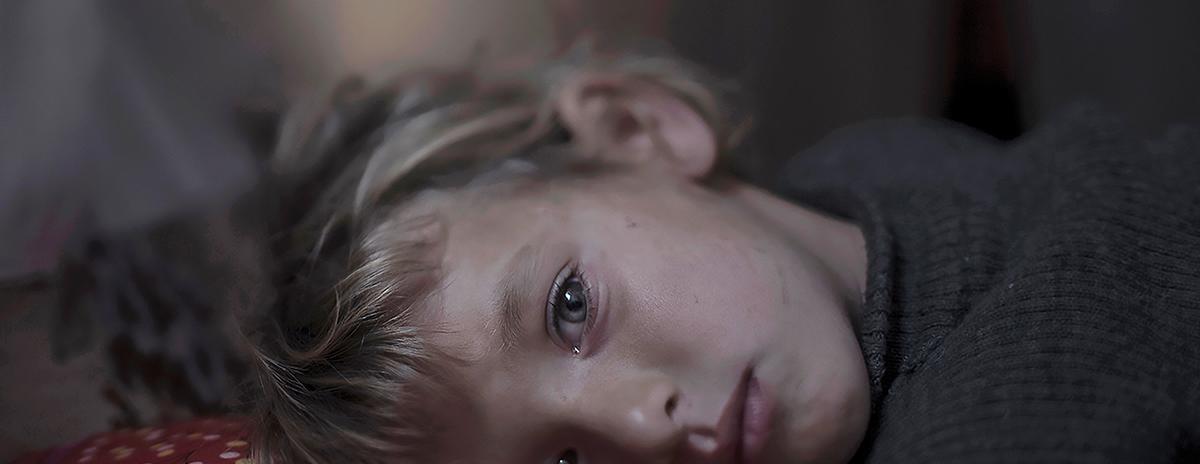Captivating photographs of sleeping refugee children by acclaimed Swedish photographer, Magnus Wennman and original text by Carina Bergfeldt, will debut at the American Swedish Historical Museum in October 2017.
The exhibition, Where the Children Sleep, captures the impact of the war in Syria, which began in 2011. This series of 22 photographs, documenting the tragic consequences of the refugee crisis, captures what the simple act of bedtime brings for the youngest and most vulnerable refugees—children. Each photograph comes with a story of how these children and their families struggle through the Middle East and Europe while making the harrowing journey out of Syria.


Magnus Wennman, a two-time winner of the World Press Photo Award, says, “I came up with this idea that I wanted to document where the refugee children sleep. No matter how hard this conflict may be to understand, it’s not hard to understand that children need a safe place to sleep.” In early 2015, Wennman traveled through seven countries in the Middle East and Europe where he met refugee children who showed him where they lay their heads at night. The result is Where the Children Sleep, which puts faces, names, and stories to the millions of refugee children who spend the night in camps, in fields, outside closed borders, and on the side of the road now that their lives have been violently uprooted.
UNHCR, in collaboration with Fotografiska (The Swedish Museum of Photography in Stockholm), has brought Where the Children Sleep to audiences in the United States in order to raise awareness about the plight of Syrian refugees.
“Children are our future. No one can see these images of children of war sleeping peacefully after being forced to flee their homes without being deeply moved,” said Shelly Pitterman, UNHCR representative for the United States and the Caribbean. “They are our children.”
Where the Children Sleep will be on view at the American Swedish Historical Museum from October 21, 2017 to March 4, 2018. The Museum will offer free admission on Sundays for the duration of the exhibition.
The American Swedish Historical Museum will also host two smaller exhibits that build on themes within Where the Children Sleep:
Portraits of Migration: Sweden Beyond the Headlines
On view in the Balcony Gallery of ASHM's Grand Hall, this exhibit is a series of 20 images that explore the stories of those who have found asylum in Sweden. By providing personal stories for examining Sweden’s response to the refugee crisis, this exhibit helps us to understand the impacts of migration and acculturation.
To learn more about this exhibit, visit the Sweden website here.

Azad: “We All Wake Up Under the Same Roof” from Portraits of Migration. Image Courtesy of Alexander Mahmoud and the Swedish Institute.
"better shelter"
Designed by an enterprise partnering with the IKEA Foundation and the UNHCR, these refugee shelters offer displaced persons a secure, adaptable, and dignified place to live. Four people can build a ‘better shelter’ in about four hours and, due to their lightweight materials, these shelters can be shipped worldwide. While unable to replace homes lost to war, these shelters provide refugees with amenities that improve day-to-day life such as solar-powered lamps and ventilation. The American Swedish Historical Museum’s ‘better shelter’ and accompanying text panels will be installed on the Museum’s lawn.
To learn more about better shelter, visit their website here.

